7:00AM to 5:00PM
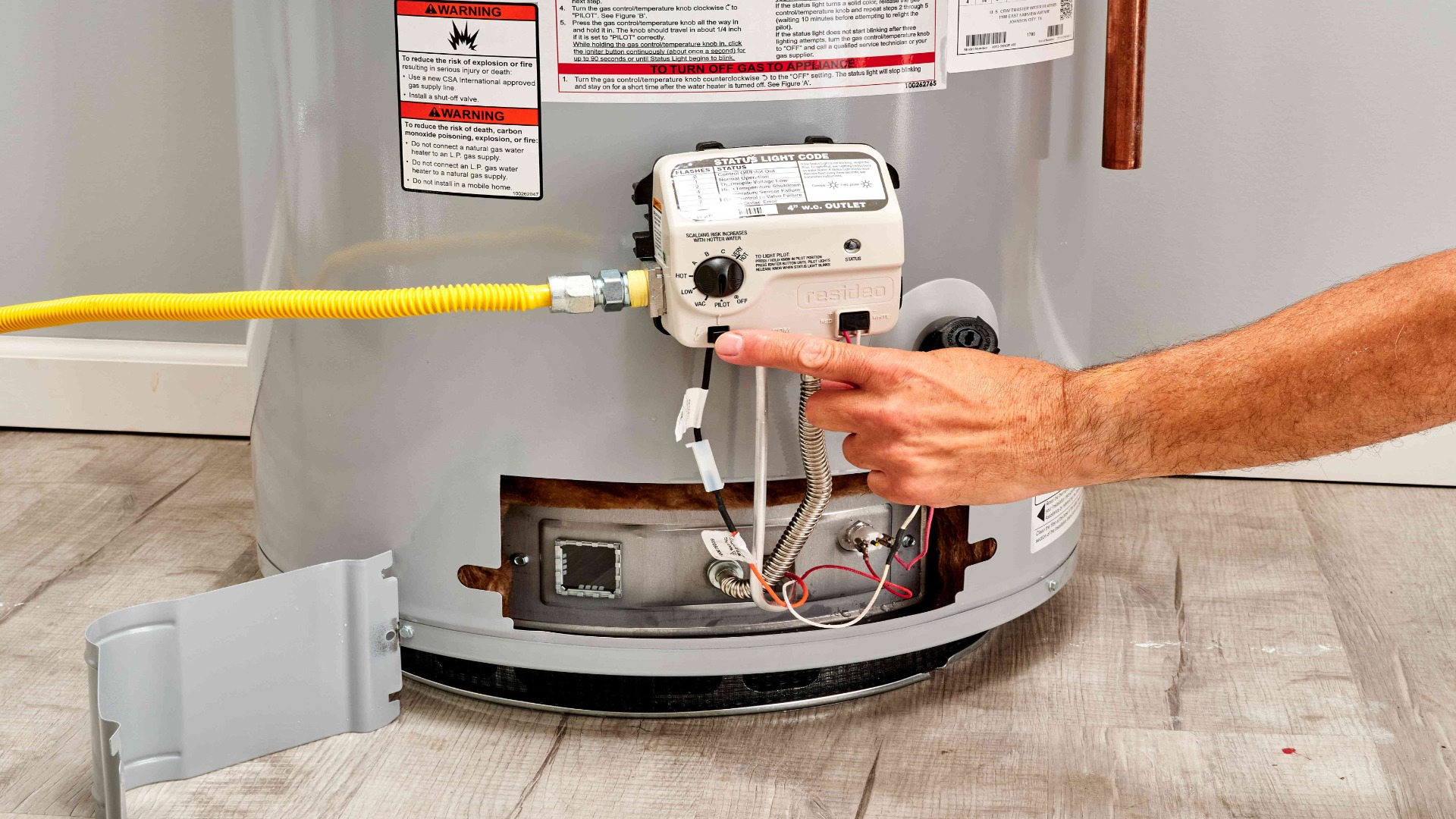
Gas water heaters have been the go-to choice for Aussie homes for decades, delivering reliable hot water day in and day out. But like any hardworking appliance, they aren’t immune to wear and tear. Over time, certain issues can crop up, affecting both their performance and efficiency.
If you’ve ever dealt with hot water that suddenly turns icy cold mid-shower or a pilot light that just won’t stay lit, you’re not alone. These are some of the most common headaches gas water heater owners face. Over time, exposure to water, heat, and gas causes parts to wear down, leading to rust, inefficiencies, and fluctuating temperatures.
This article will investigate the ten most typical troubles owners have experienced with their gas hot water systems over time. We’ll explore the underlying causes, early warning signs, and simple diagnostic tests and repairs you can do yourself to counter common issues before replacement becomes necessary. With this knowledge, you can better maintain your gas water heater and avoid unexpectedly large repair bills.
Gas water heaters have provided hot water for homes for decades. However, specific issues tend to diminish their performance over the years. From pilot lights that won’t stay lit to corroded components, there are signs of trouble owners should watch for.
One of the most frustrating gas water heater issues is hot water that can’t decide. One minute, it’s scalding, the next, it’s barely warm. These unpredictable temperature swings can be caused by sediment build-up, a faulty thermostat, or even low gas pressure—each of which can throw your heater’s temperature regulation off balance.
Several factors contribute to inconsistent temperature regulation. In older units, insulation may have degraded, so the water heater works harder to reheat the tank after each use. Sediment build-up inside the unit can disrupt the thermostat’s ability to read and maintain the set temperature accurately. Low gas pressure on the water heater will also cause the burner and pilot light to function less efficiently at heating water.
If you notice fluctuating water temperatures, check your water heater’s thermostat setting first. Adjust it slightly higher if needed to compensate. Look for signs of mineral deposits or corrosion that could impact the thermostat’s performance. Proper sediment removal from the tank bottom can also help the thermostat read temperatures accurately and eliminate fluctuations.
A pilot light that refuses to stay lit is a common frustration. Over time, dust and debris can accumulate on the pilot and disrupt ignition.
Severe contamination may necessitate cleaning the pilot assembly. Don’t ignore outages; an unlit pilot poses safety risks if gas fills the area.
Outages could also indicate low gas pressure impacting ignition. Check hoses and valves for kinks restricting flow. With accumulation issues, replacing an older pilot may be required for reliable ignition. Address promptly to avoid bigger problems.
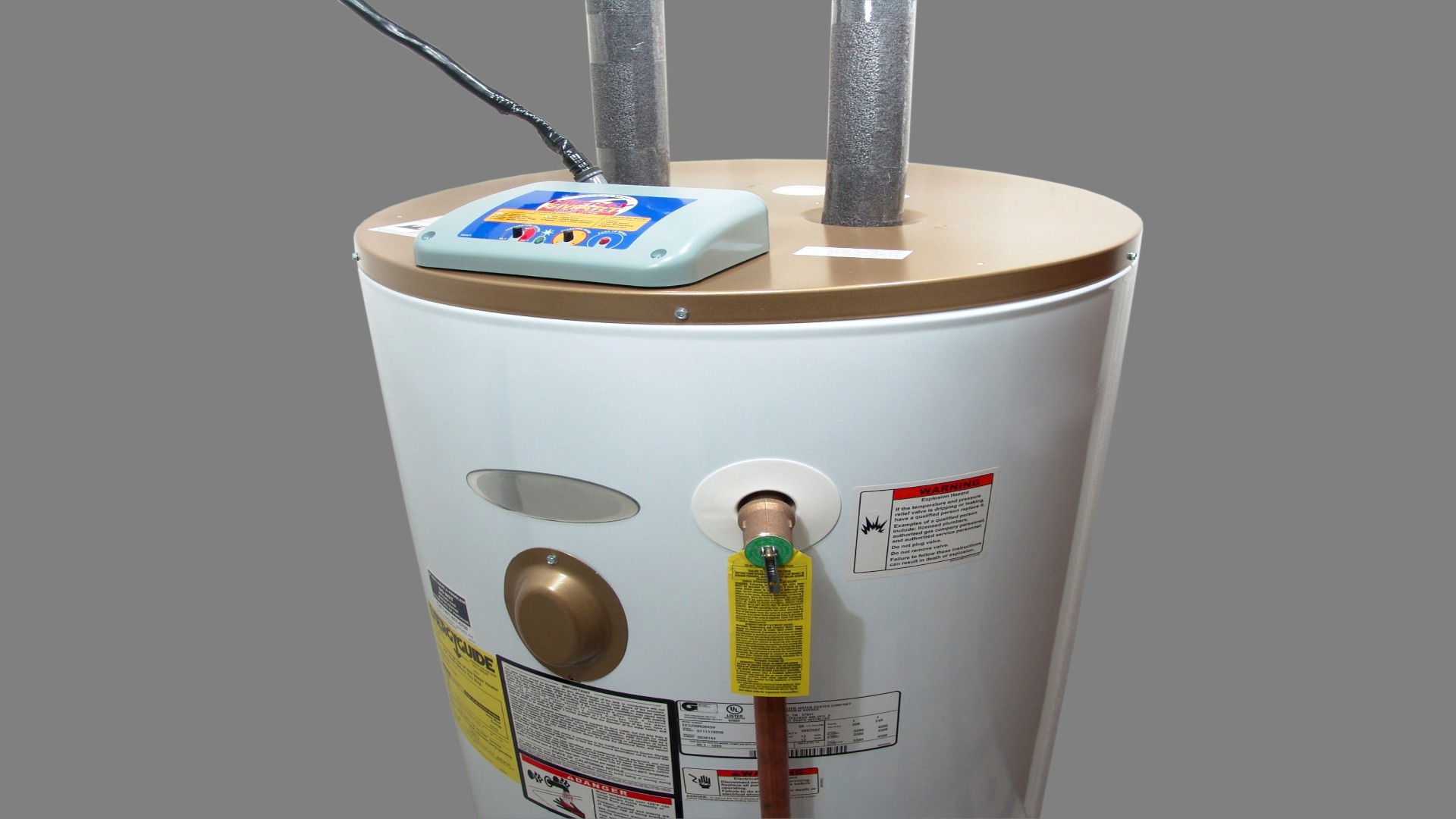
Unstable temperatures can yield unexpected scalding or tepid water. Older units need help maintaining consistent heat as the tank cools faster after use. Mineral deposits disrupt thermostat readings, leading it to over- or under-heat water.
Cleaning the tank bottom yearly removes scale, allowing for accurate thermostat operation and stable temperatures. Addressing underlying causes helps prevent wide temperature swings.
Normal operation can wear down parts inside water heaters over time. Older units commonly experience noisy rattling and clanking sounds.
This indicates that repairs may be due. Loose components or corroded stainless steel parts often cause noises. Make sure the temperature and pressure (T&P) valve discharge pipe is secured properly—loose pipes can clang loudly.
Debris in water lines may also be to blame. Isolate the source of noise by feeling along the tank exterior. Fixing or replacing worn parts prevents further degradation and future expensive replacements.
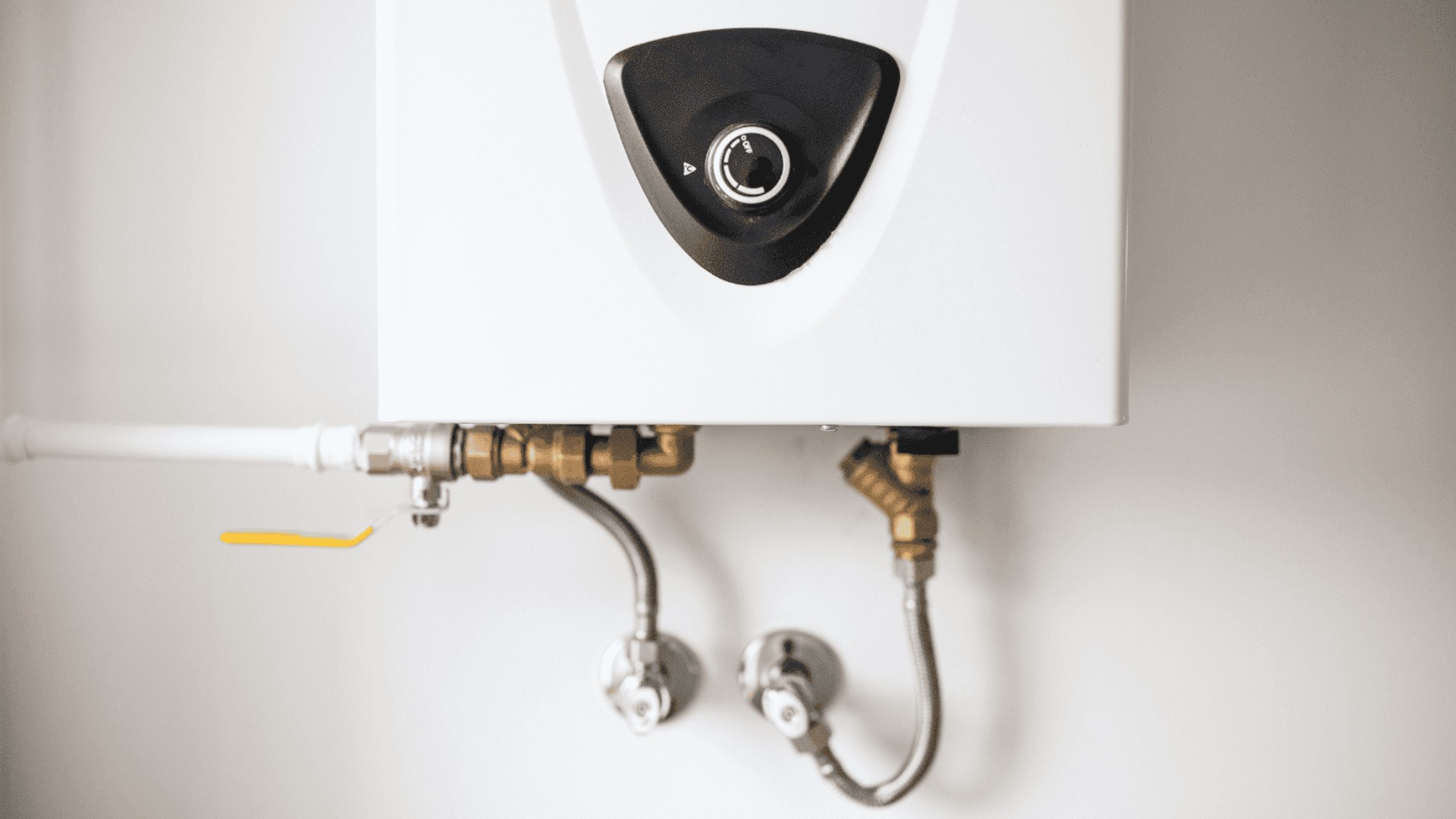
Components degrade and impact unit efficiency over 10-15 years of continual usage. Thermostats prone to failure escalate utility costs. Faulty thermostats cannot correctly regulate temperature cycles burner excessively—insulation cracks compromise containment.
Check that the gas is turned on and working on other gas appliances. Feel the tank during the cycle to check thermostat operation —quick heating may indicate that the thermostat is not turning off properly.
It’s a common feature of gas instant hot water systems, and mineral deposits in the heat exchanger could trigger a complete system shutdown. When you turn on a hot water tap, a flow sensor is set off in your instant gas hot water system, and the heating commences.
During this process, it is normal for the cold water to make it through the exchanger before it is fully fired and heating the water. A clean pilot assembly prevents the pilot from burning continually. Inspect insulation for cracks; repair or replace for improved insulation. Address faulty thermostat or insulation issues to optimise efficiency and save significant operating costs.
Prolonged usage strains gas water heater parts, hastening wear. Indicators include noisy rattling, inconsistent ignition, and unpredictable heating. Over 15 years, corrosion accelerates component degradation.
Inspect the tank interior for rust spots; corrosion weakens the metal and risks leaks. Test relief gas valve meter yearly; worn valves won’t release pressure safely. Replace worn anodes that protect the tank from corrosion inside. Updating components extends unit life safely and prevents potentially hazardous situations from ageing parts.
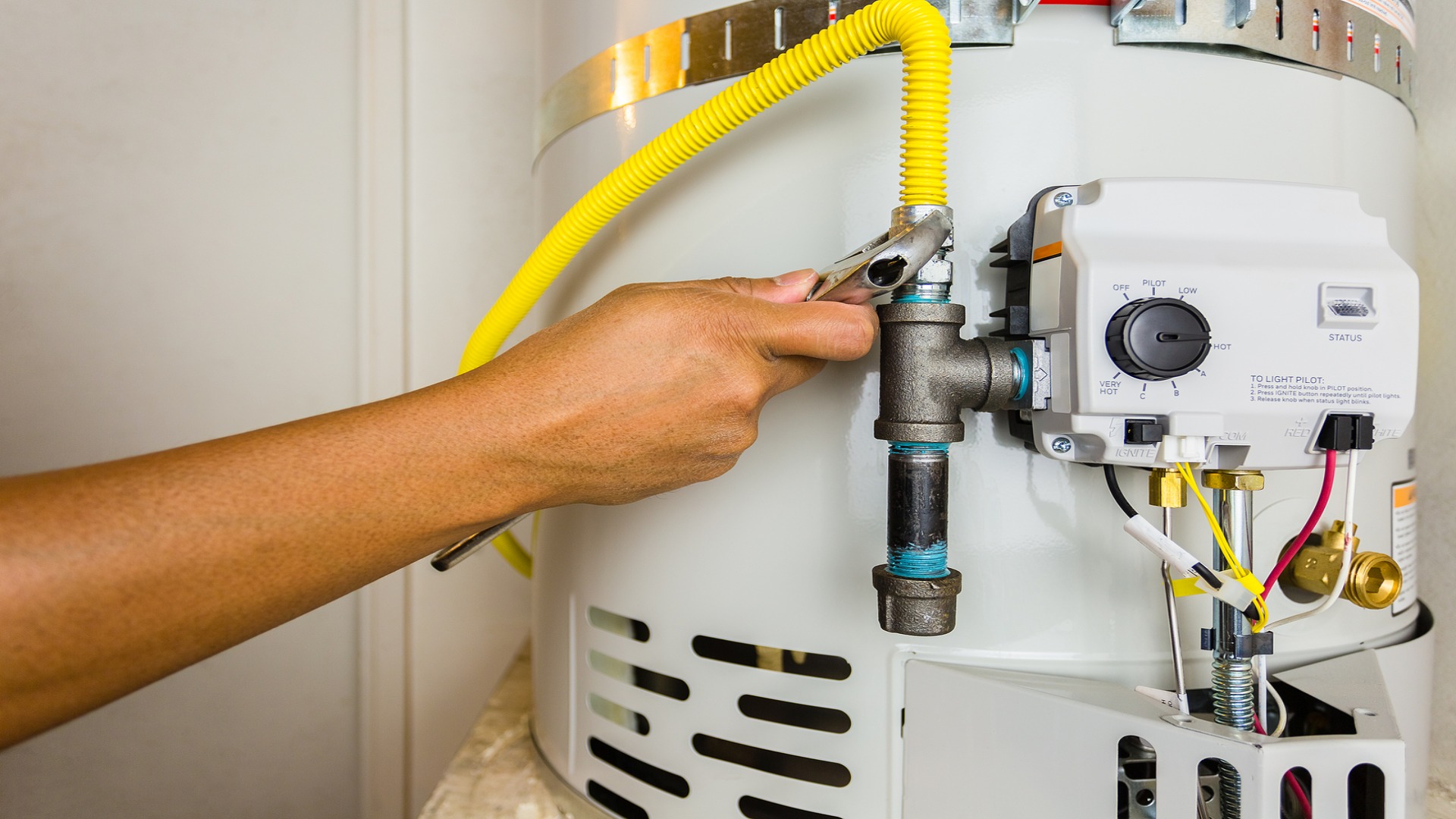
Gas leaks pose serious safety risks over time. Check fittings and connections annually for signs of corrosion and leaks using soapy water solution. Bubbling indicates a leak requiring tightening or part replacement.
Aged flexible gas lines are particularly prone to cracking. Also, inspect the gas burner and pilot assembly. Leaks become riskier and unaddressed. Address even minor leaks promptly to prevent hazardous build-up exposure. Flames and sparks could trigger explosions.
A faulty ignition can drain the hot water supply. Inspect the pilot burner or igniter frequently for debris, corrosion, or wear. Clean or replace as needed. Low gas pressure also inhibits steady ignition. Check lines or valves for kinks restricting flow.
2020 regulations require electronic ignition versus standing pilot. Still inspect for proper spark at igniter, blue flame on pilot or main burner. A yellow flame indicates an improper air or gas mixture needing adjustment. Address ignition issues right away to guarantee a reliable hot water system.
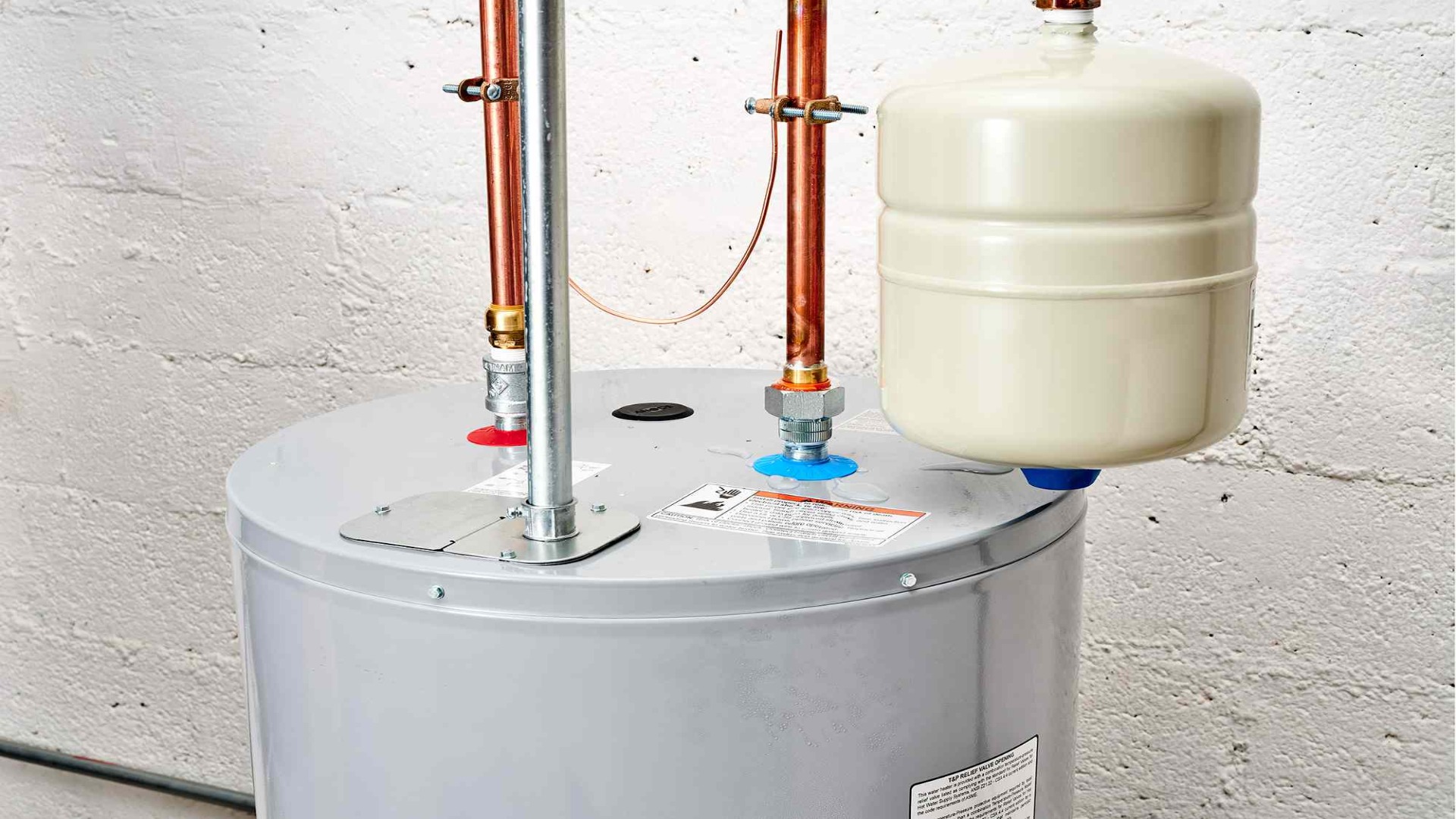
Another issue that can arise is lukewarm water coming through the pipes instead of hot water. The thermostat controls heating elements, which is a common failure point.
Check thermostat domes for cracks or wear that disrupt temperature readings. Test thermostat operation by feeling the tank – failure to cycle on or off properly worsens efficiency.
Inaccurate temperature sensing due to scale build-up requires careful cleaning. Replace stubbornly malfunctioning thermostats for consistent temperature maintenance. Properly functioning thermostats optimise efficiency and prevent temperature fluctuations caused by defects.
Low water pressure strains water heaters, shortening lifespan. Incoming pressure too low inadequately powers the unit and disrupts temperature regulation. Fluctuating pressure causes inconsistent burner cycling, raising utility bills. Check the building gas supply pressure under the 40PSI stress system. Water hammers accentuated by low pressure cause noisy hammering noises and pipe damage. Ensure pressure 50-60PSI for suitable operation conditions and quiet, damage-free performance.
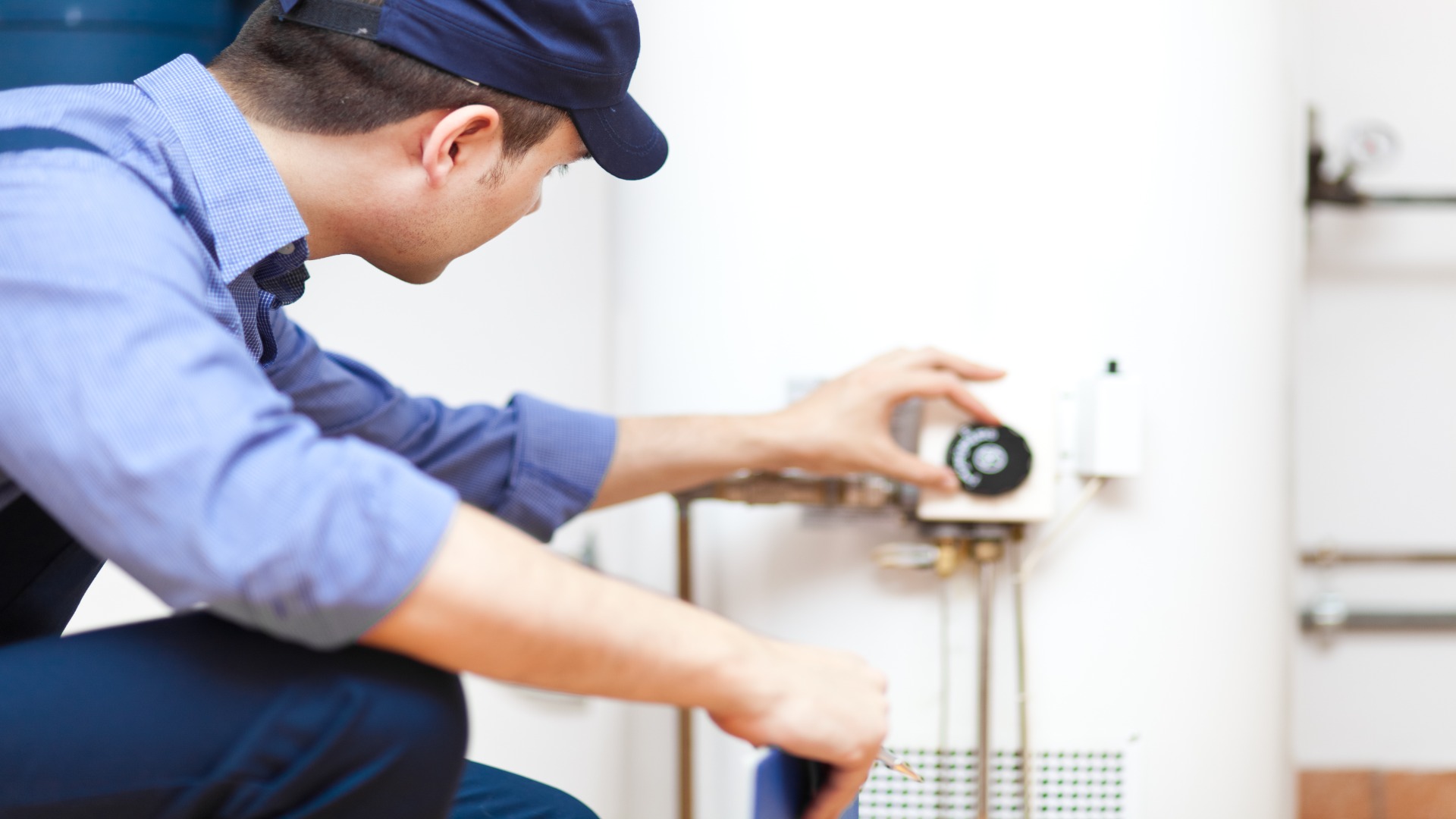
Gas water heaters are built to last, but they’re not invincible. Knowing the warning signs—like noisy operation, sudden temperature changes, or faulty pilot lights—can help you tackle small issues before they turn into costly repairs.
If your water heater is acting up and DIY fixes aren’t cutting it, the Gold Coast Plumbing Company team is here to help. Our licensed technicians can inspect, repair, or replace your unit, ensuring your home has reliable hot water for years.